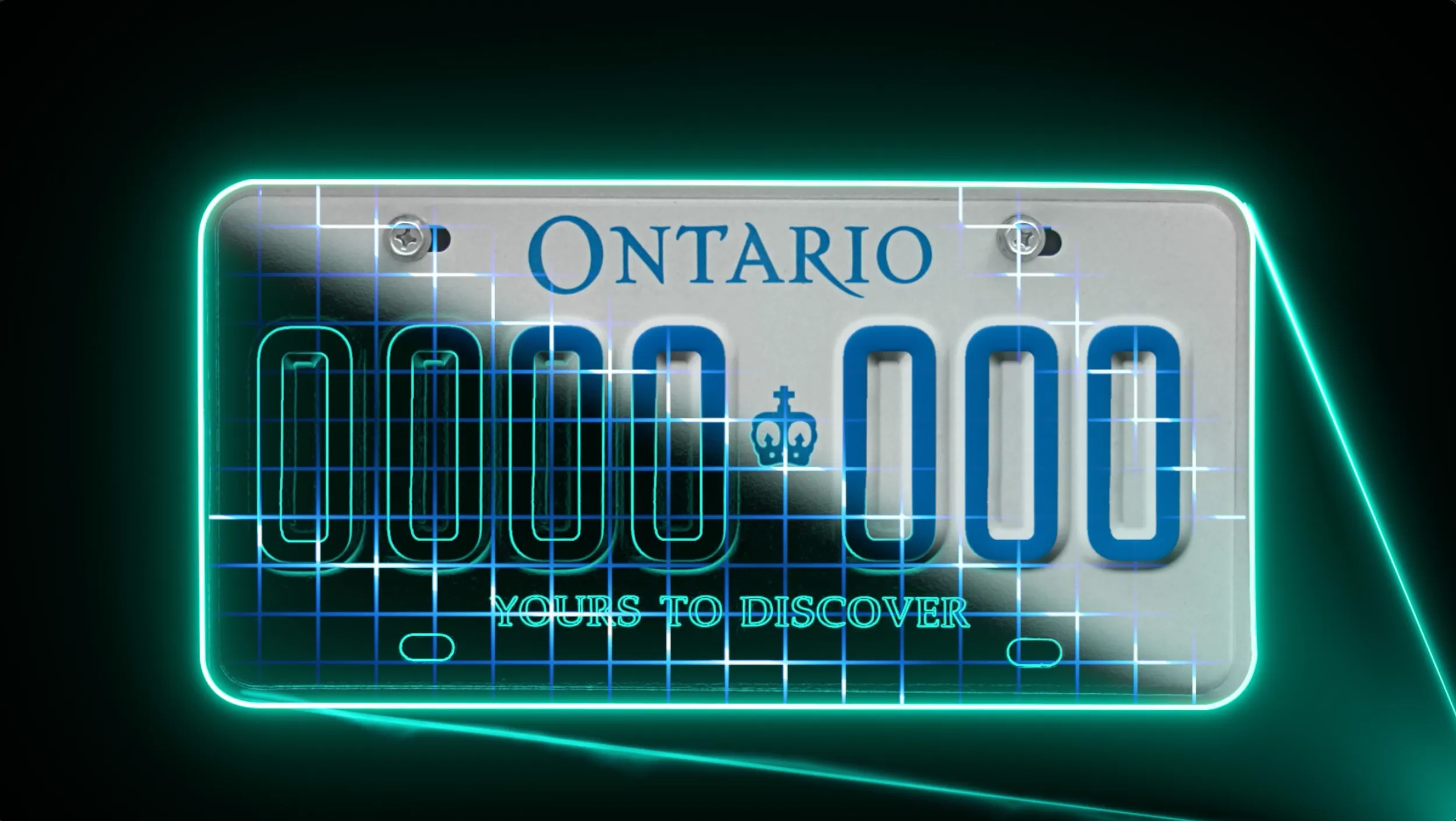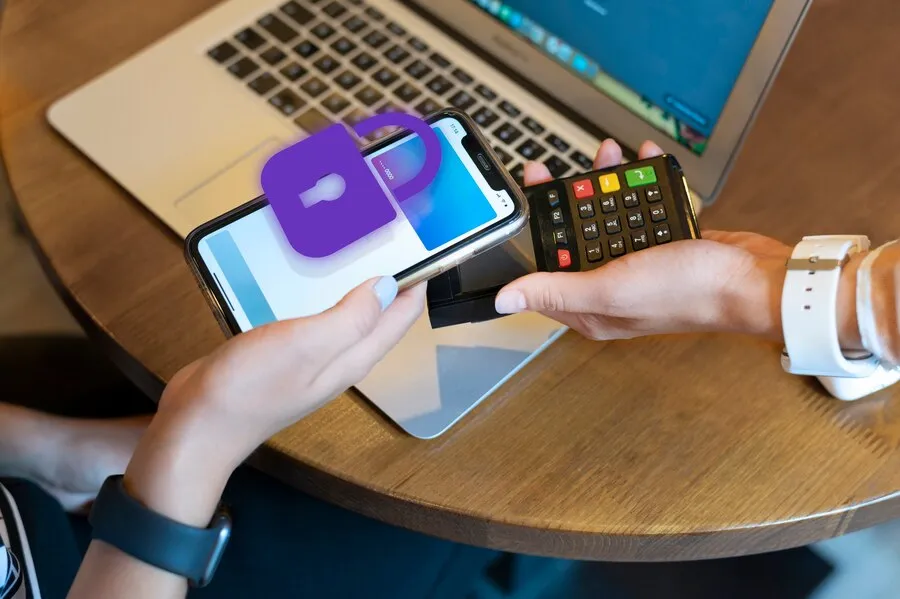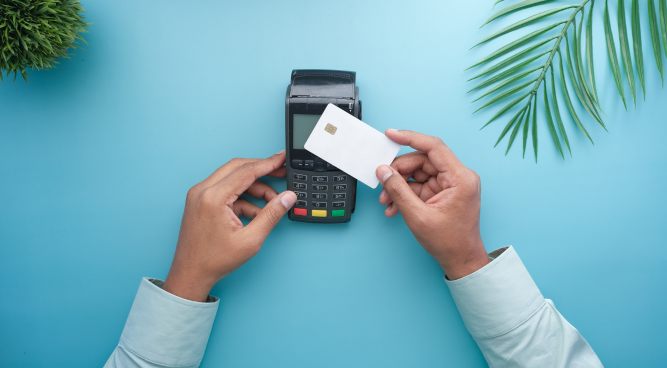Table of Contents
License plate recognition systems are the superheroes of vehicle identification. They’re indispensable for law enforcement, parking management, and toll collection.
Choose an LPR system that provides searchable logs to ensure the accuracy of captured data. This way, you can check for errors in capturing data, such as misinterpreting O as a 0. You also need a system that offers real-time performance.
What is LPR?
LPR is a computer vision technology that reads license plate numbers and compares them to a database of authorized vehicles to determine entry or exit permissions. The system consists of cameras, license plate recognition software running on-premise or in the cloud, and applications that process data into alerts or dashboards.
The first step in the LPR process is identifying the plate’s position within the image, known as localization or framing. It helps the processing engine focus on the scale and ignore extraneous information like shadows or shading. Next, the LPR engine decodes the characters on the license plate and compares them to a database of safelist or hotlist plates to find matches. It is done by recognizing patterns in the letters, such as O and 0 or B and one being similar.
Depending on the type of system, an additional step may be to reduce noise in the input by using filters or combining multiple images to create a clearer picture for the processing engine. Other vital features of LPR software include searchable logs and the ability to recognize and correct capturing errors (such as reading an O as a 0) to improve accuracy. Lastly, the software should be designed to seamlessly integrate with other security measures, such as surveillance cameras or alarms, to enhance security.
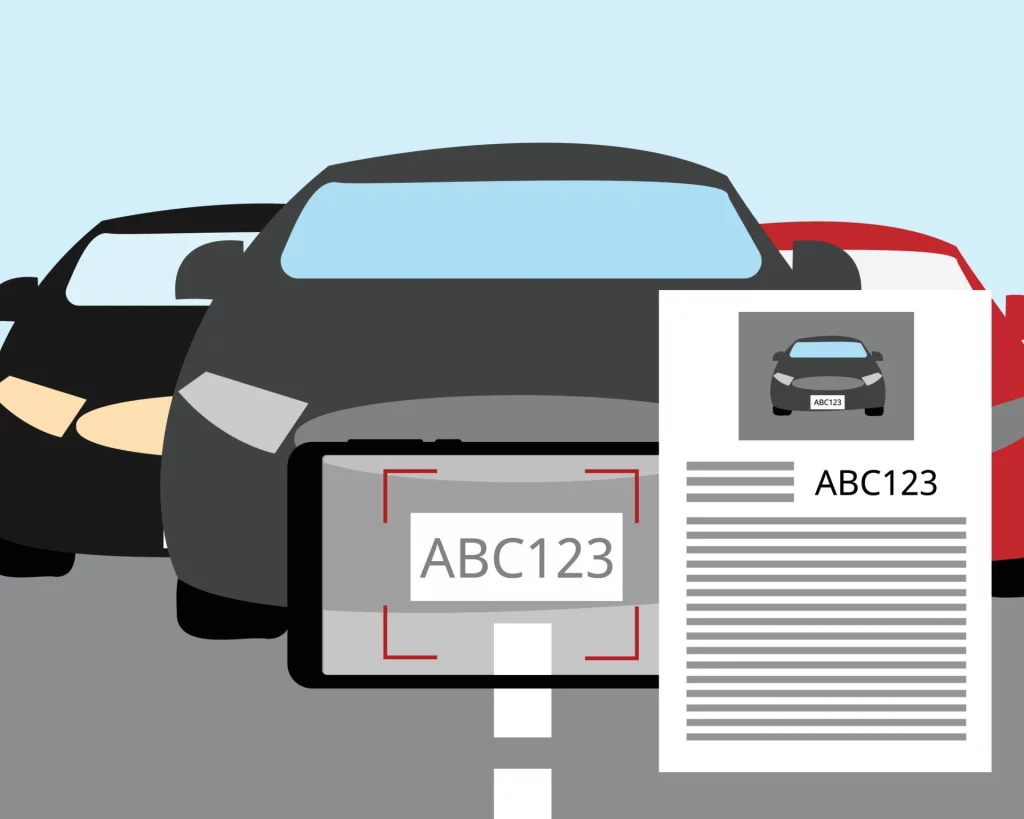
How does LPR work?
LPR requires a camera to capture an image of the license plate to function. Then, the software analyzes the image and extracts the information, such as the license plate number, date and time, and location. It also compares the license plate number against a database of registered vehicles to identify the vehicle owner.
The camera looks for distinct features such as space delineation (finding the spaces between letters) to decode the characters on a license plate. The system then separates each letter into individual pixels using other features, such as character segmentation and kerning (adding space between letters) to separate similar-looking characters. Most systems will then generate a confidence factor that indicates how well the output string matches the original image. The higher the confidence, the more likely the LPR engine has made a correct guess.
While the technology has a wide range of benefits, it does have its limitations. For example, highly reflective license plates can bounce infrared light back toward the camera, making it difficult to read. The quality of the camera and lens and the lighting in the area are also essential.
When implementing LPR, agencies must train their officers to use the technology effectively. It ensures that the data collected is accurate and useful. In addition, the equipment should be backed by reliable comparative databases to help security teams and law enforcement solve cases faster.
What are the benefits of License Plate Recognition?
LPR technology can provide many benefits to private and public organizations. It can boost security, improve customer service, and avert theft. For example, QSRs can use it to identify regular customers and process their orders more quickly, which helps improve customer satisfaction while preventing fraud. LPR can also monitor vehicles entering and exiting a gated facility or parking lot and detect illegal parking violations.
An advanced LPR system can analyze a license plate and extract information about the vehicle, including the date, time, and location. The system can then compare the license plate number against a database to identify the vehicle’s owner. This information can then be shared with law enforcement and other authorized individuals.
Additionally, LPR systems can be integrated with video management software (VMS) to automatically grant or deny access to a secure area based on the vehicle’s license plate number. It eliminates the need for officers to review video footage manually and can increase productivity and efficiency.
The best LPR cameras feature a high resolution and frame rate to capture clear images, even when the plates move fast. They also have a varifocal lens to zoom in on the license plate details. A higher resolution allows the engine to recognize more characters, and a greater frame rate ensures that fast-moving vehicles can be detected and identified correctly.
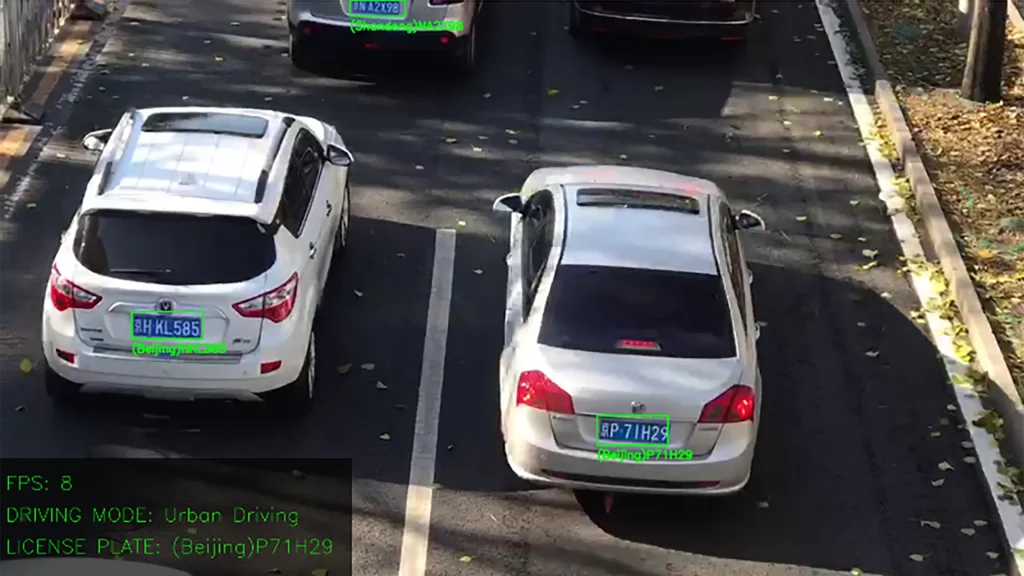
What are the challenges of LPR?
LPR technology has a vast array of applications. It can help law enforcement agencies quickly identify stolen vehicles and suspects. Parking operations can also manage vehicle access and enforce parking rules. It can even automatically deduct toll fees from a driver’s account.
It’s important to note that the data generated by these systems can be susceptible and personal. It’s critical to have strict policies and procedures to ensure that the information is only used for legitimate purposes.
Some elements can interfere with an LPR system’s ability to read a license plate. For example, if the container is too close to the camera or there are shadows on the scale, it can be difficult for the software to discern individual characters. The software may use various filters or character segmentation techniques to improve its accuracy in these cases. For instance, kerning is a common technique that helps distinguish similar letters, such as two Vs or an O and a B.
Furthermore, motion blur can have an impact on the LPR system. This is especially true for mobile ALPRs or fast-moving vehicles. In these cases, the system may need to apply a series of filters or take multiple photographs quickly, blending them to create a more precise image for the software engine.

Liam Stephens is a dynamic and skilled blogger, recognized for his ability to identify trends and create compelling content. As the founder of Remi-Portrait.com, Liam has become a reliable source of information across various fields such as food, technology, health, travel, business, lifestyle, and current events. He specializes in delivering up-to-date technology news and insights, catering to the diverse community that surrounds Remi-Portrait.com. His proficiency and engaging writing style have earned him a dedicated audience, solidifying his reputation in the digital sphere.
